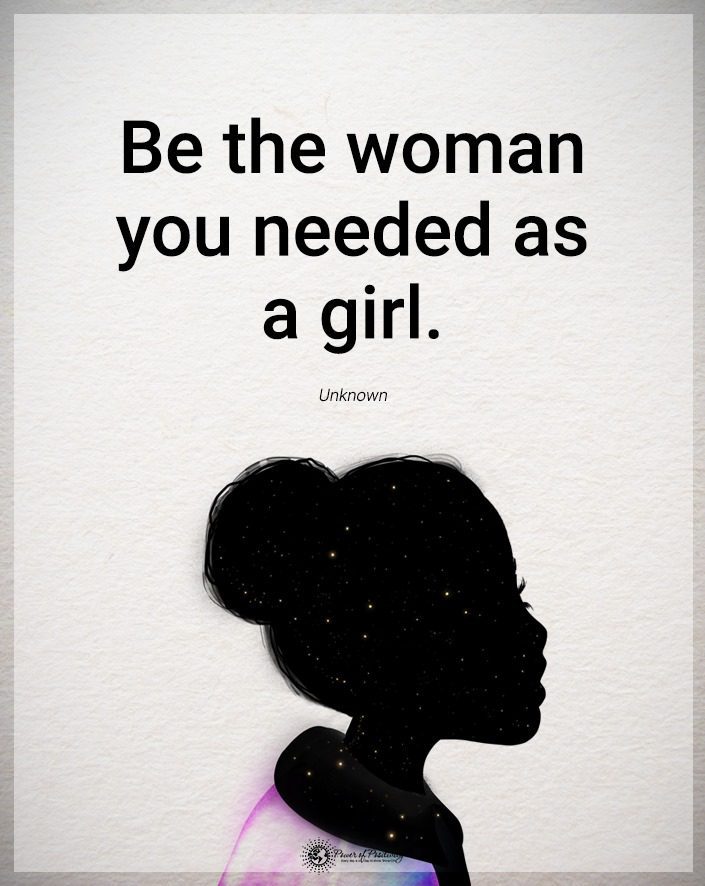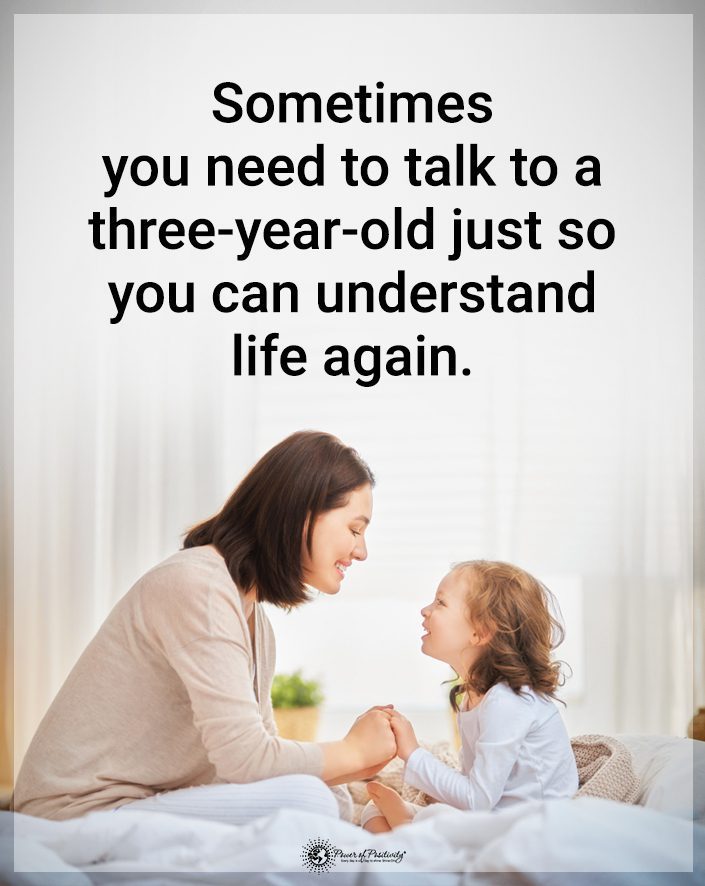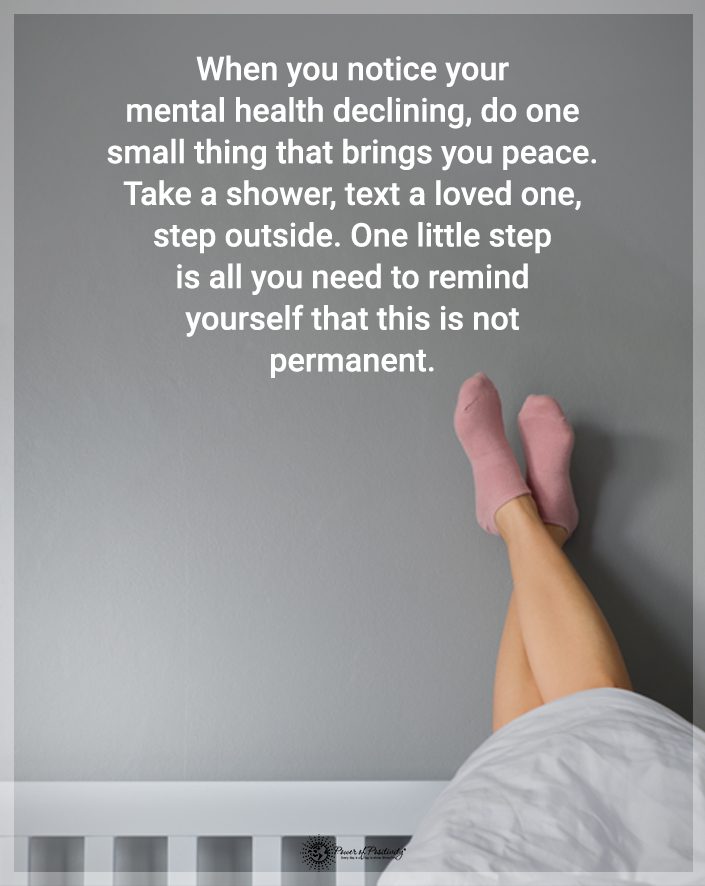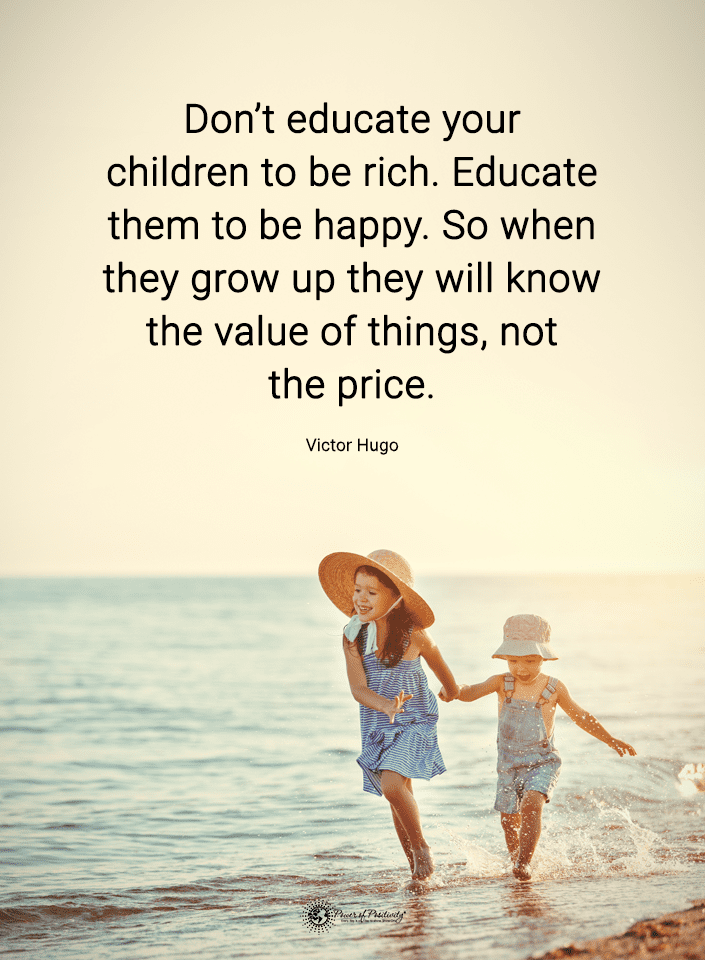Understanding the differences between discipline and punishment can help you do better as a parent. Many people believe discipline and punishment are the same, but that’s not the case, and there are many differences.
When a caregiver understands the differences, the child can experience improved development and embrace long-term benefits. Correcting your child’s detrimental behavior is essential, but it’s about how you go about it.
Discipline can be a teaching tool that helps your child build the skills they need for success and growth. On the other hand, punishment doesn’t help them learn or build skills, interfering with your efforts and harming your child.
Differences Between Discipline and Punishment of Children
Some of the differences between the two include the following:
1 – Impact on Behavior
Discipline teaches children to make better choices and be a positive part of society. It helps them learn how to behave around others and what will help them excel in their experiences.
They’ll learn problem-solving skills and how to deal with uncomfortable emotions. It’ll also help them learn from mistakes and how to deal with feelings like anger and disappointment.
Additionally, it teaches them to follow the rules and exhibit desirable behavior. It doesn’t inflict suffering on them for their behavior.
With punishment, a child might correct their behavior momentarily, but it doesn’t lead to long-term behavior improvement. It doesn’t help them learn from their mistakes or determine how to do better next time.
Sometimes it’ll seem to work, but it’s because you’ve scared them into behaving when you’re around. Since you can’t always be with them, you must help them build skills to make better choices when you aren’t around.
2 – Impact on Education and Learning
Experts found a correlation between punishment and children’s academic performance. It shows that restricting activities unrelated to school performance and lecturing your child can decrease learning potential and achievement. Children who receive discipline and warm interactions have the opposite experience.
3 – Judgement and shame
Discipline teaches children that they should feel guilty for mistreating others without shaming them. Avoiding negative comments and shame is essential because it helps a child feel better about themselves, encouraging better choices. It’ll give them the confidence to manage their behavior and make good decisions.
4 – Punishment can Have the Opposite Effect of What You Wanted
Children are curious and often fearless, and punishment can sometimes cause your child to rebel. They might do the opposite of what you wanted because they don’t respond well to that consequence.
Punishment doesn’t teach children to behave around others. Getting spanked doesn’t teach your child to resolve things peacefully because it’ll make them think it’s okay to hit others. Your child might wonder why it’s okay for you to hit them, but they can’t put their hands on others.
Punishing your child can make children angry at someone else rather than understanding why their behavior was unacceptable. It can also make them think they aren’t in control of their behavior and need others to tell them how to act. Making your child sit in time-out for an extended time will cause them to focus on getting revenge rather than learning why their behavior was unacceptable.
5 – Consequences
Discipline does involve time-outs and losing privileges, contrary to what others often believe. The consequences involve a situation related to the problem that can help them make better decisions. It also includes giving clear rules and consistent outcomes when children betray their expectations.
When disciplining your child, you’ll use positive methods to teach children right from wrong. It might involve reward systems and praise to help your children learn to do the right thing.
Positive reinforcement can urge children to do well and exhibit positive behavior with clear incentives. It can help prevent behavior issues and help children learn from their mistakes.
On the other hand, punishment may involve consequences with no time limit or unrelated to the behavior. One example is that punishing a child includes taking things away indefinitely, while discipline will have a time limit, such as 24 hours of restrictions.
6 – Changes How Children Think About Themselves
Punishment also changes how a child thinks about themselves, making it harder for them to move past mistakes. It can make your child believe they’re bad, leading to detrimental behaviors because that’s how they think they should behave. This option is often degrading and doesn’t help your child build better habits and have negative thoughts about themselves instead.
7 – Your Intentions
Punishment makes the child suffer. It uses penalties to make your child pay for their mistakes, and it often stems from the caregiver’s frustration.
However, other times punishment comes from desperation when trying to get your child to make better choices. You might feel like you’ve exhausted all options aside from yelling, spanking, removing privileges, and sending messages. It’s about controlling your child instead of teaching them how to make better choices.
Discipline works to help your child learn and do better in the future. You won’t want to hurt or judge them for their mistakes. Instead, you want to help them grow so they have the skills for the future.
8 – Effects on Relationships
Using discipline methods improves relationships between children and parents. A good relationship can encourage your child to reduce attention-seeking behavior. Your child is more likely to succeed when they have a close relationship with you.
Frequent punishment can lead to children bullying others or getting bullied themselves. They’ll struggle to get along with others because they’ve witnessed intimidating behavior from caregivers. It can also lead to them believing abusive behavior is normal and acceptable.
9 – Interferes with Their Brain and Creates Fear
Discipline helps your child think constructively. On the other hand, punishment can harm your child’s brain and create fear, leading to further problems.
You might think time-out, berating words, or taking away things they love will help, but it doesn’t always. These things scare your child rather than help them learn to avoid undesirable behavior. However, forcing this fear on them can interfere with their mindsets and reconstruct their brain.
They’ll let their emotional brain take over instead of thinking about how they could do things differently. Their fear holds them back and prevents them from building skills that could help them. Seeing how you interact with their behaviors can help children recognize what they should do the next time it happens.
When a child gets punished frequently, they can’t access their thinking brains. Studies show that punishments like spanking can lead to problems with emotional regulation and trigger impulsive aggressive behavior.
The associated fear also increases stress hormones, so chronic elevation for your child could lead to health problems. These issues may include:
- memory and learning difficulties
- weakened immune system
- depression
- anxiety
- high blood pressure
Better Discipline Strategies to Use with Your Children
Now that you know the differences, disciplining children without punishment is possible. You can get your children to behave without using punishing them punitively. Punishing them isn’t the only way to use discipline.
Model Good Behavior to Avoid the Need for Discipline
Your child imitates your behavior and then learns through observation due to the mirror neuron system in their brain. It leads to people imitating and understanding the intentions of others. Model the behavior you want your child to exhibit, and they’re more likely to do it.
Use Positivity During Discipline
When a child gets punished, they usually spend their time thinking of how unfair it is and how they believe you’re being mean. They don’t typically think about what they did wrong or how they could have done something differently. It can also lead to them becoming vindictive and distrustful.
Positive discipline and reinforcement can help your child learn a lesson in the experience. Consider positive approaches that encourage learning and problem-solving while promoting mutual respect.
Identify the Root Cause of the Behavior
Determining what’s causing a child to misbehave can help them handle it better next time. Ask questions to determine why they don’t want to follow the rules or act appropriately. You can work together to shift the experience if your child has a straightforward reason.
Help Children Understand Natural Consequences
Explain to your child that there will be natural consequences if they don’t follow a rule or get something done on time. It might involve not having time to play or failing a test at school. Letting natural consequences play out can help encourage your child to do better next time.
Consistency Plays a Key Role in Discipline
Being consistent in enforcing rules can help a child learn to behave better. Sometimes it might be easy to give in, but slipping up on the consistency can disrupt your child’s behavior.
Tell your child the expectations and explain the potential consequences. Then, remain consistent in how you handle it.

Final Thoughts on Differences Between Discipline and Punishment of Children
Switching from punishment to discipline for your child can make a difference in their behavior. It’ll help them develop skills to do better in the future.
Now that you know the differences and why discipline is the better option, you can consider how to use it in your parenting style. You can correct your child’s behavior while promoting positivity and life-long learning.

















